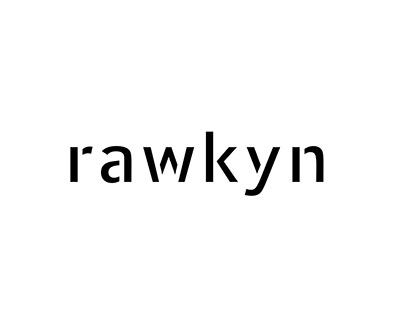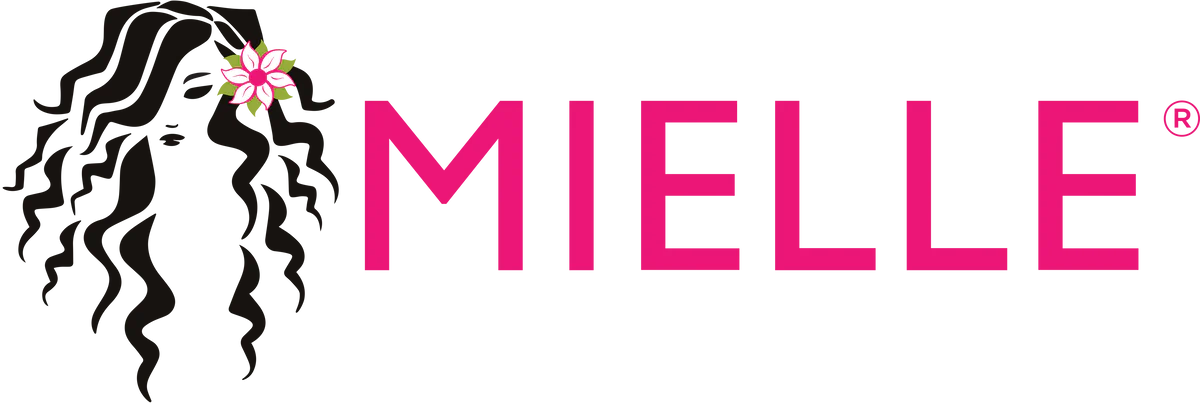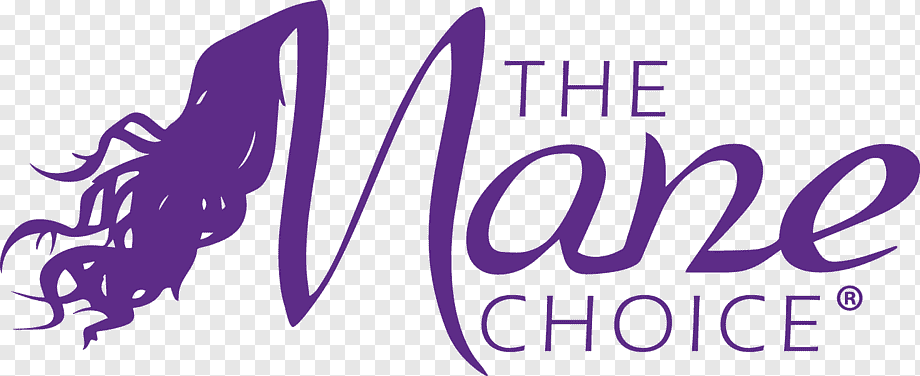Human hair is a complex fiber that contains dead cells, proteins, water, lipids, pigments, and trace elements. As a result, your hair may need a variety of supplements, such as protein, moisture, vitamins, oils, etc. Your hair needs moisture and protein, but when it comes to how much or how often you need them, you might get confused. Sadly, there is no stable formula that can determine how much moisture and protein your hair needs. Add factors like chemical processes, daily styling routines, and even porosity; then, you can see why it’s not that simple. For a good start in this path we recommend reading Hair Type – Every Thing About It to learn more about your hair type.
In this post, we are going to take a closer look at protein and moisture treatment. So we will see what they do to our hair and why we need them.
Protein
A compact protein called keratin makes up most of the hair strands. Protein is the life of your hair cells since it is essential to the process of repairing damaged tissue and repairing new tissue. As we lose moisture and nourishment, the keratinized protein begins to unravel and break down. It loses strength, elasticity, and the bonds weaken. Rebuilding, supporting, and boosting this protein matrix is key to healthy hair and scalp. You can do this chemically in the salon or more naturally and botanically at home.
Protein Treatment
80 to 85% of our natural hair is composed of keratin protein. You could restore your curls with protein treatments if you damaged your hair with heat or coloring. Protein treatment can strengthen your hair by filling up the gaps in your hair cuticles. Better to note that if you want to see results, you should use protein treatments regularly. Here’s are some fundamental ingredients that most of the protein treatments contain:
+ Hydrolyzed Proteins
It is easy to absorb this type of protein. This means that it will enter your hair shaft and fill in the gaps in your hair cuticle. These kinds of proteins are known as hydrolyzed wheat protein, hydrolyzed silk protein, hydrolyzed keratin, and hydrolyzed baobab protein.
+ Amino Acids
This type can improve the elasticity and growth of your hair. Curly hair can also benefit from amino acids, which are amazing and very effective. Silk amino acids can be helpful to prevent moisture loss and repair damage. Cysteine, methionine, lysine, and arginine are some amino acids that support hair growth.
+ Natural Protein-rich Ingredients
Protein-rich ingredients can easily nourish and improve curly hair. Eggs, yogurt, and coconut oil to strengthen your hair naturally is a great way to make it stronger.
Benefits Of Protein Treatment For Hair
+ Protecting Hair From Damage
Protein ingredients like hydrolyzed wheat protein or silk amino acids attach directly to the hair follicle and make the cuticle layer harder. This places a coverage around the follicle, which can protect it from further damage.
+ Strengthening Hair
As the building blocks of hair are proteins, replacing those that have been lost or damaged at the follicle rows away from the root helps to strengthen your hair from root to tip.
+ Improving Elasticity
Hair lacking in protein will often stretch more than usual before breaking. A protein treatment will help to restore hair’s elasticity so that it stretches normally and then bounces back.
+ Eliminating Breakage And Split Ends
Protein treatments increase the strength and elasticity of hair, preventing breakage and split ends. These treatments can give the appearance of hair growth because they prevent weakly, brittle hair and stronger hair breaks less.
When you need protein treatments?
Protein treatment can provide many benefits for your hair. But, if you are not sure about trying a protein treatment, look for these signs in your hair.
+ Over Mmoisturized Hair
Too much moisture can make your hair feel limp and soft. This is a sign of hygral fatigue, and it happens when you moisturize your hair too much. It is one of the places where protein treatments can work wonders for your curls. If you want to try a great protein treatment for your curls, check tgin Miracle RepaiRx Curl Protein Reconstructor & CURLS – Aloe & Blueberry Juice Curl Moisturizer.
tgin Miracle RepaiRx Curl Protein Reconstructor

CURLS – Aloe & Blueberry Juice Curl Moisturizer

+ No Elasticity
You can test your hair’s elasticity by stretching a part of your curls. If it springs back, then your hair has enough elasticity. If you want to add an amazing deep conditioner to your hair regimen, check INAHSI Restorative Hair Masque.
INAHSI Restorative Hair Masque

+ Color-treated Hair
The hair that has been colored is more susceptible to damage, and it is usually porous. Make sure that you add enough moisture and protein to your hair regimen. Chemical straightening treatments and hair color alter the bonds of the hair, causing them to break. By using these chemicals, the pH of the hair will increase, and the cuticles will rise. When the cuticles of the hair are raised, the cortex becomes more exposed and more susceptible to protein and moisture loss. Hair colour can also change the texture of your hair. To keep strands strong during chemical treatment, get a natural hair protein treatment prior to coloring your hair.
Moisturizing
Moisture retention can make the difference between healthy and not-so-healthy hair. It is essential for all types of hair, but especially for curly, coy, or kinky textures. Without it, not only will hair suffer from dryness, brittleness, and dullness, it is also at high risk for one of the most common hair-related problems, which is hair breakage.
Moisturizing Treatment
Some hair moisturizers come in the form of fatty-acid rich oils and butter. These ingredients penetrate the hair shaft and restore dry hair with much-needed moisture. Also, they can form a protective layer on the hair, which helps lock moisture inside. You can learn more about Moisturizing Treatment in Moisture Treatment For Curly Hair.
Benefits Of Moisturizing Treatment For Hair
+ Promoting Elasticity
Tension can snap and break dry and brittle hair, and no one wants to hear the word “breakage”! To prevent breakage, you should nourish, strengthen, and moisturize your hair. When you moisturize your hair, you can prevent breakage by increasing the elasticity.
+ Preventing Damage
Moisturizing plays an important role in preventing damage to your skin. It reduces breakage and split ends, as well as improves your hair’s health. Moisturizing your hair, even if you think it is not damaged, will help you stay on track and keep it in good condition.
+ Restoreing Natural Shine
Moisturizing penetrates the hair shaft and restores the natural shine of the hair. The weather and different products can accumulate build-up in your hair over time so adding moisture to your hair makes it smoother and gives it a more natural sheen.
When you need moisturizing treatments?
+ Feeling Brittle
When the hair is dry, brittle, or rough, it needs moisture. It may appear dull, tangle easily, and suffer from split ends. If you’re looking for a moisturizing treatment great for your curls, check INAHSI Soothing Mint Moisturizing Conditioner.
INAHSI Soothing Mint Moisturizing Conditioner

+ Chemical Damage
Chemical damage and overusing heat tools like curling irons and straighteners can leave hair dry. Some hair types, such as curly and textured hair, tend to be naturally drier and need to be moisturized more frequently. If you’re looking for a perfect moisturizing conditioner for your damaged hair, check tgin Triple Moisture Replenishing Conditioner
tgin Triple Moisture Replenishing Conditioner

Protein And Moisture Balance
A protein-moisture balance occurs when your hair is properly hydrated, nourished, and strong to prevent breakage in the hair shaft. Maintaining this balance, however, is a delicate process. Protein may cause breakage when it is too much or not enough of it. There is a test to understand whether your hair has this balance or not. For the test, take a few strands of your hair, stretch them down towards the ground and release it. If your hair bounces back to its original length, your hair is nice and balanced. If it stretches more than usual and breaks, you possibly have too much/not enough protein, and if you stretch it and it feels limp and sort of weak and lifeless, you might have too much moisture. Check out Bounce Curl Moisture Balance Leave-In Conditioner if you’re looking for a natural leave-in conditioner.
Bounce Curl Moisture Balance Leave-In Conditioner

Conclusion
Protein strengthens the hair, but protein and moisture treatment are often drying, so avoid overdoing them. If you have relaxed, heat-styled, colored, or damaged hair, you need more protein. If you apply an intense protein treatment, you must follow it up with a deeply moisturizing conditioner. You cannot have one without the other. This is why you see some people have brittle and damaged hair. Over time, the keratin in their hair is depleted due to various factors, such as heat styling, chemical damage, environmental damage, and health issues. The cortex of their hair cuticle has become exposed, creating porous spots in the hair follicle and making it susceptible to further damage. If you don’t moisturize, you run the risk of brittle, damaged hair, which is what you’re trying to fix or prevent in the first place.
Frequently Asked Questions About Protein And Moisture Treatment:
>The hair has lost its elasticity.
>Your hair is limp and stringy.
>You feel like your hair is gummy or sticky.
>You recently dyed your hair.
It is usually recommended to leave a protein treatment on your hair for 20 to 30 minutes before rinsing it off.
Deep protein treatments are generally safe to use once a month. However, your hairstylist may recommend you use them more frequently, depending on your hair’s condition.
Stretch an inch of your hair, if it does not stretch or breaks, feels dry and rough, it is brittle/damaged and needs moisture treatment. Your hair needs protein if it is mushy, gummy, cotton candy-like, or stretches far and does not return or break.
It will feel mushy, limp, and excessively soft. Curls will lose their shape, have a little definition, and tend to fall flatter. There will be more frizz than usual, a fluffy, soft frizz. As if you applied too much product, your hair will feel weighed down.
Moisture-based masks can be used 2-3 times a week, or whenever you wash your hair.
Hydration involves absorbing and retaining water in the inner layers of the medulla and cortex. In contrast, moisture refers to the outer layer ( the cuticle ) and regulates the water by sealing it in with oils, so it doesn’t evaporate.
It is better to use a protein treatment afterward. Therefore after coloring your hair, follow up with a protein treatment a week or two later.
After protein treatments, apply a moisturizing leave-in conditioner. If you want to add moisture to your curls, ensure all the products in your routine contain moisturizing ingredients. If you want your curls to look their best, look for a conditioner that packs both moisture and protein into them.
Have you ever used protein or moisture treatment on your hair? If so, how often and how do they work for you? Feel free to share them in the comments. This can be very useful for those who have your hair type. Share your experience with us in the comments.




















